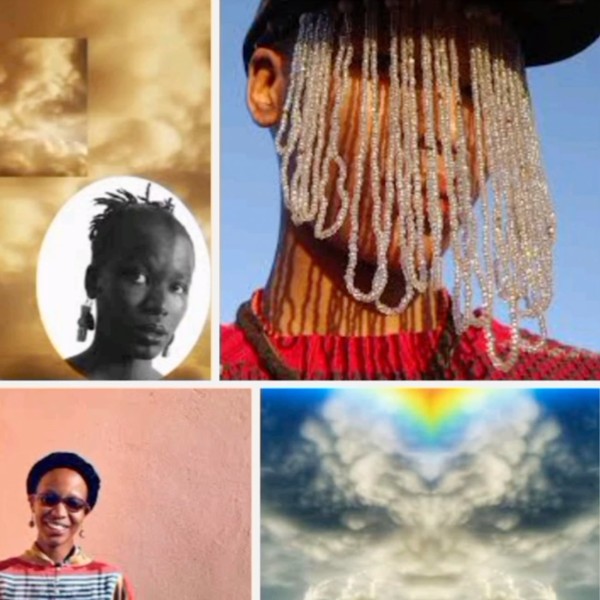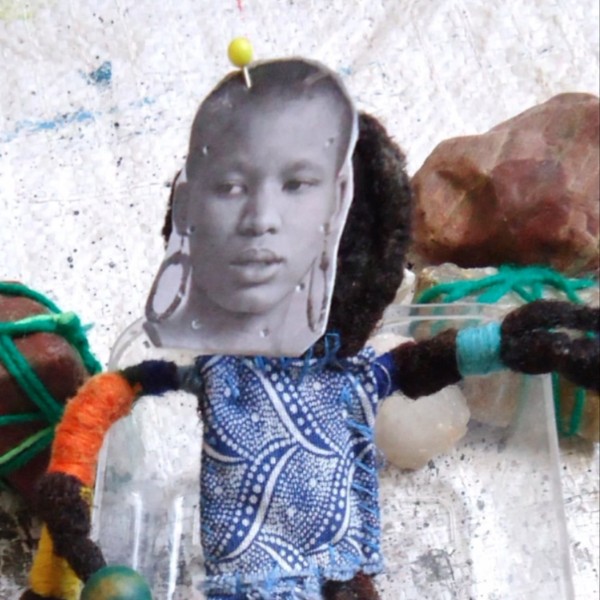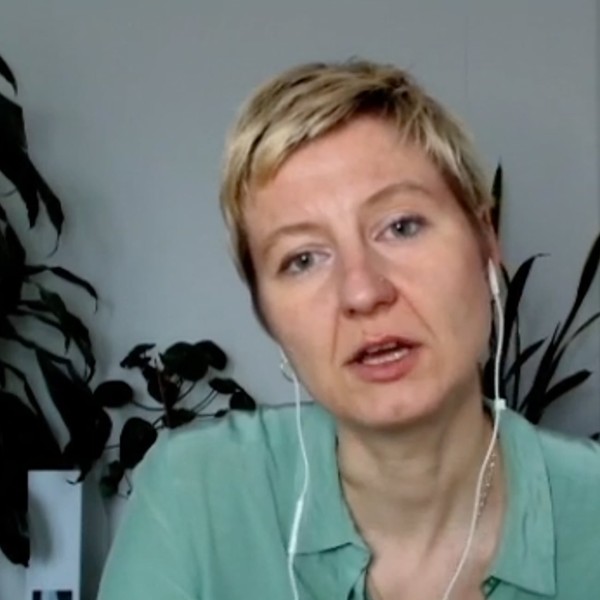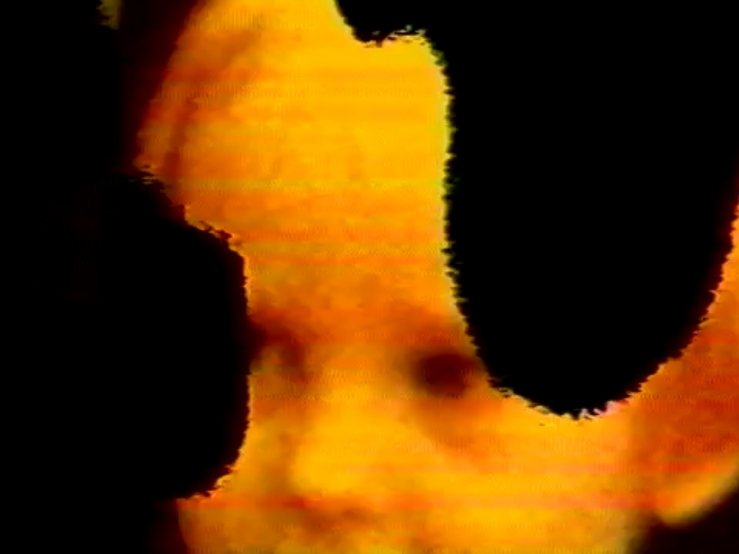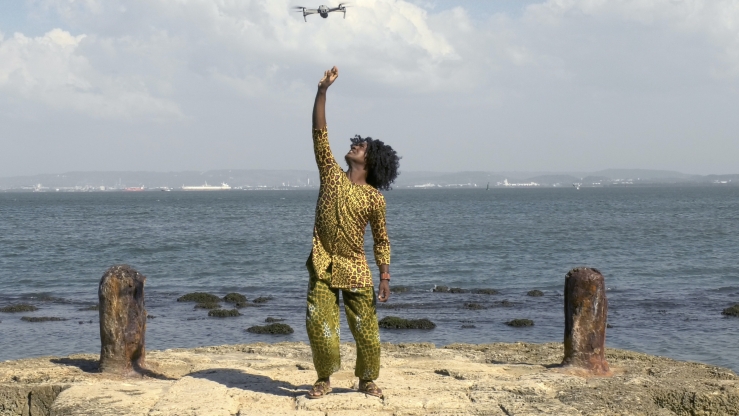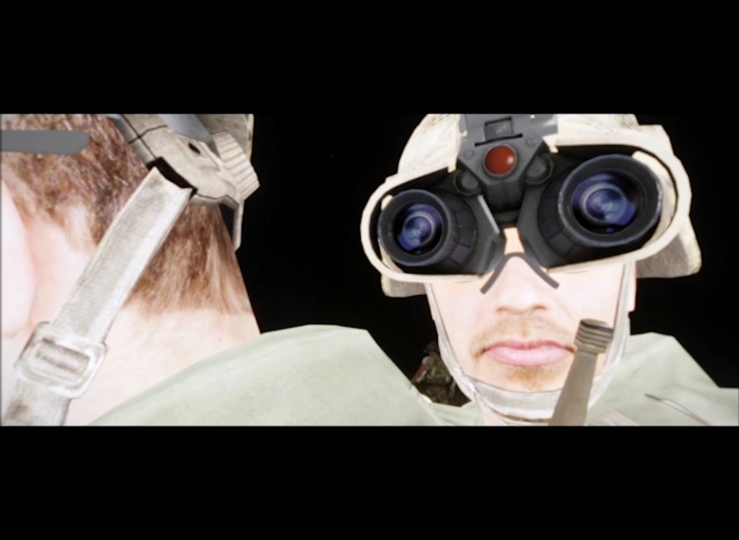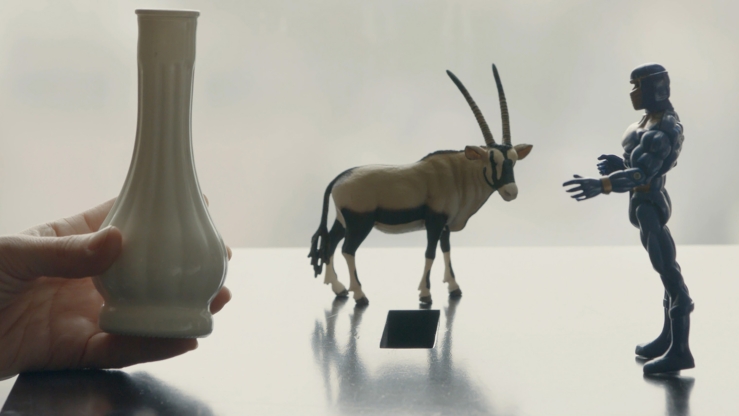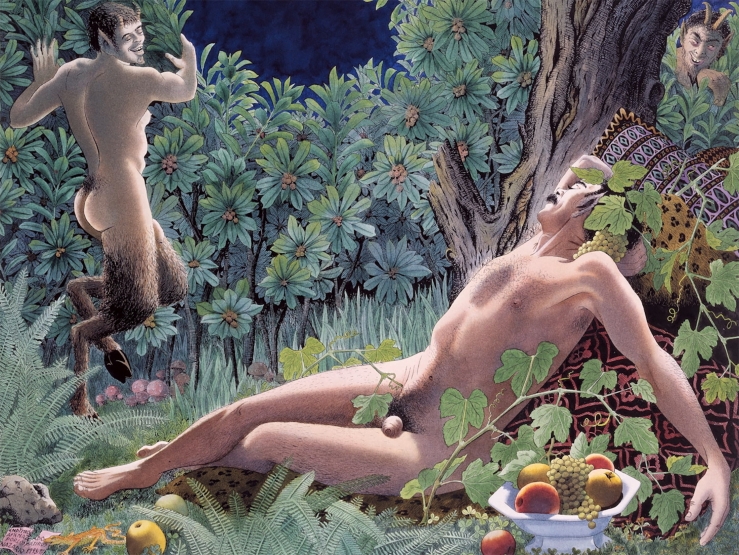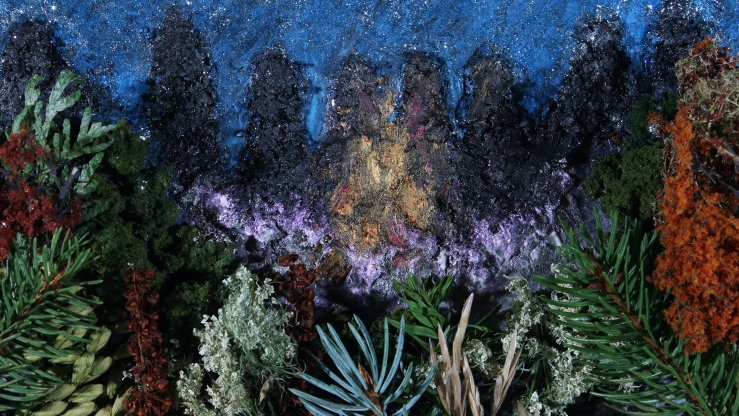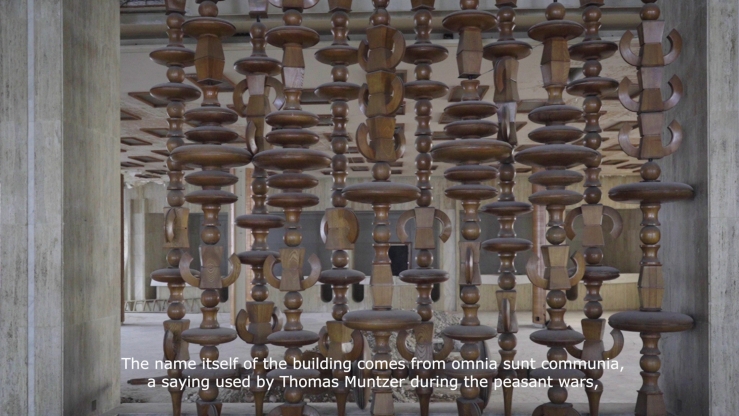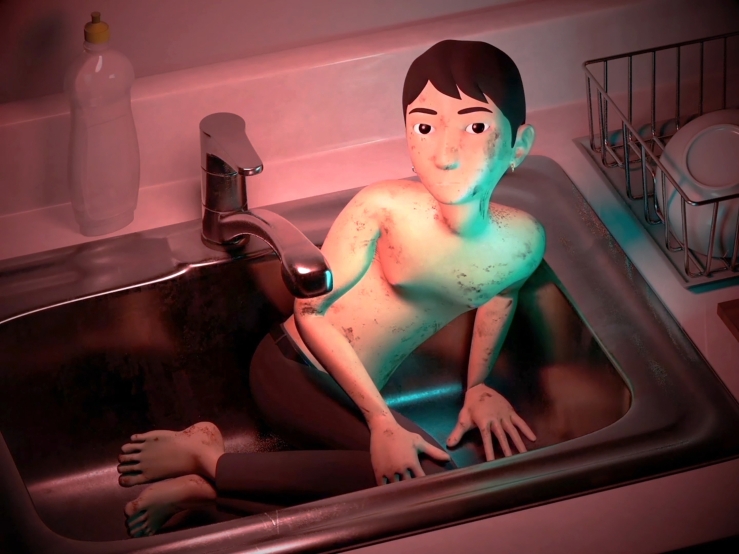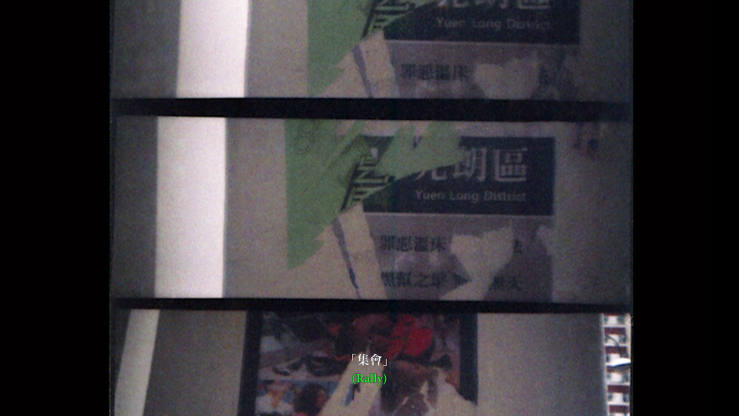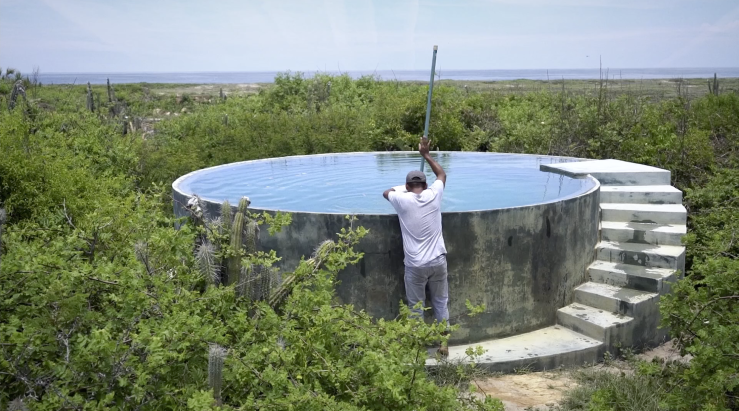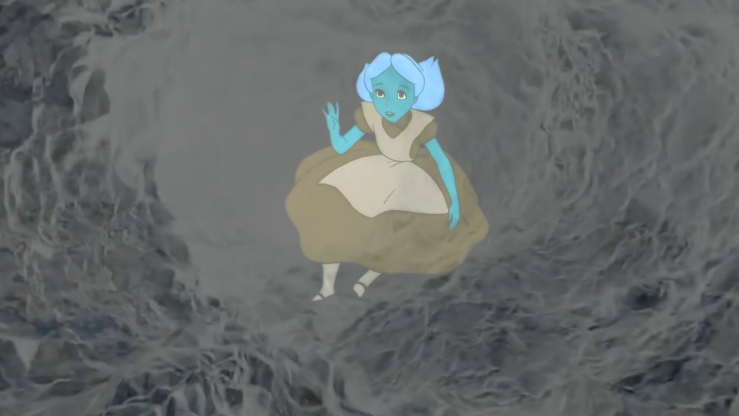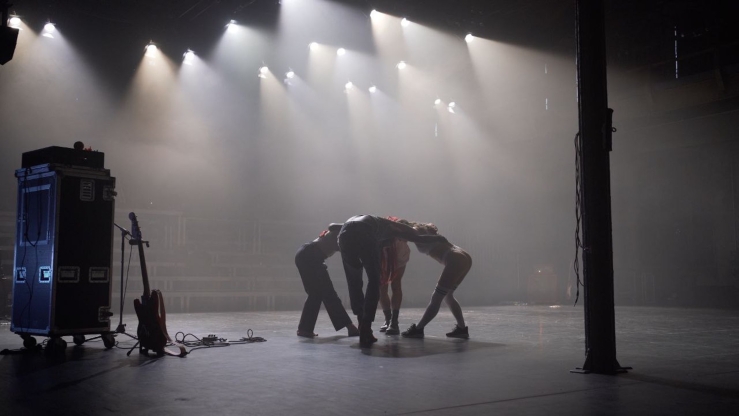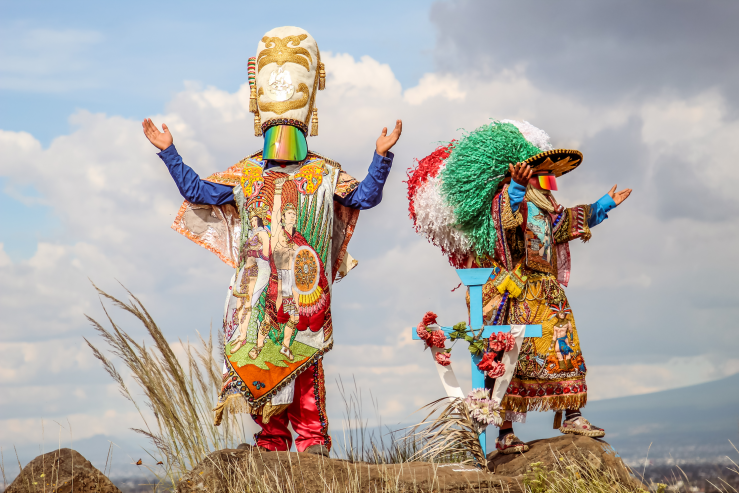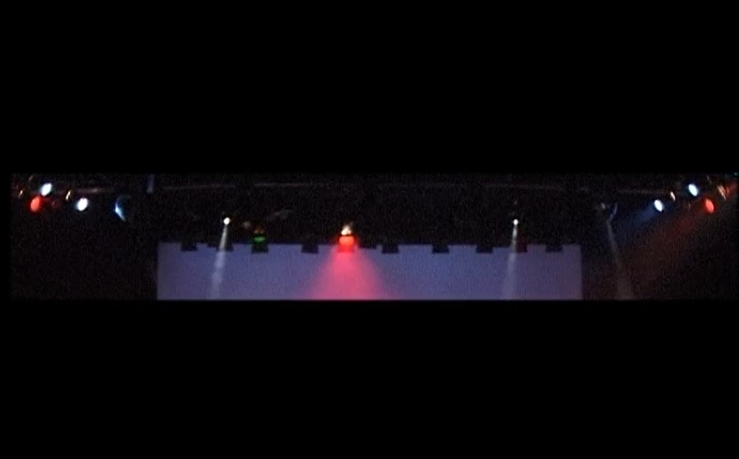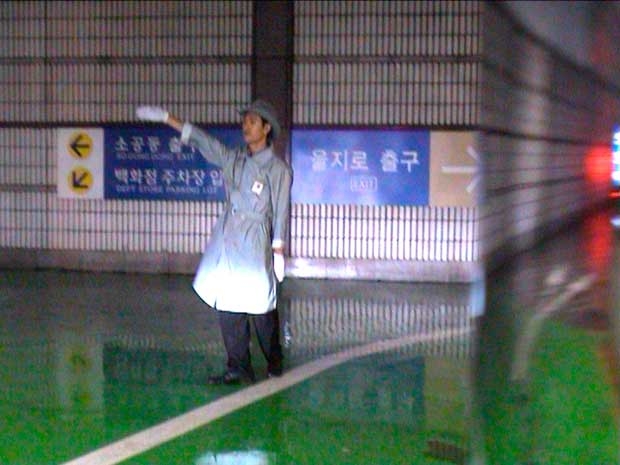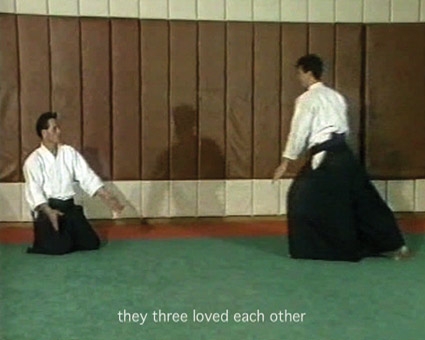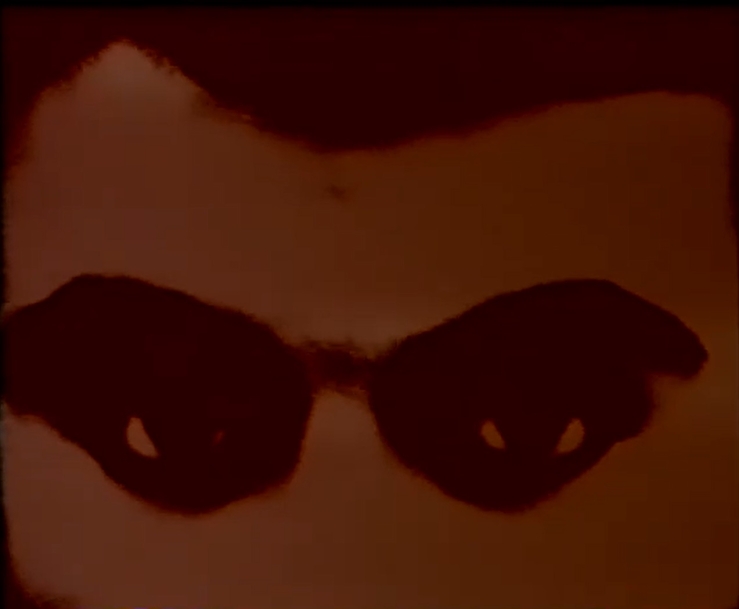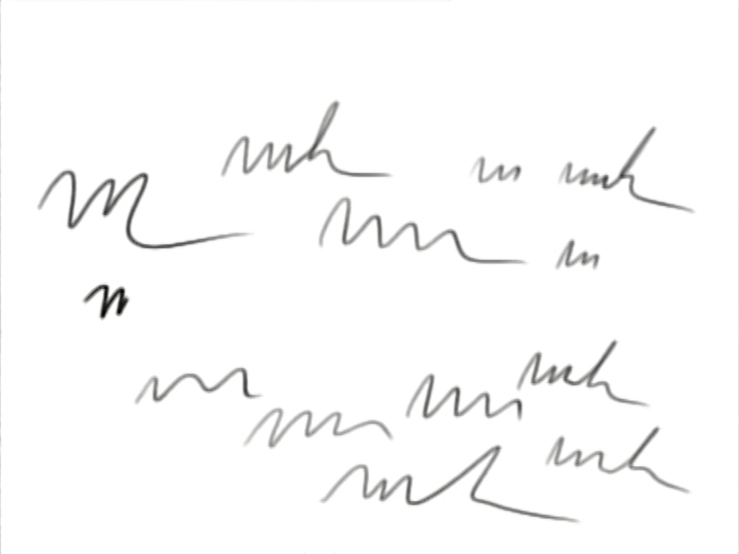MOSAMO (ancestral alterations)
MOSAMO begins by provocatively addressing the viewer. »Thank you so much for sticking around this long« and »Why are you still here?« are just two of the unexpected questions through which the narrator prompts audience members to reflect on their own position and expectations. Each segment of the seven-chapter video work revolves around a set of subjects, such as the question of artistic motivation, reckoning with one’s past, intergenerational memories, and Indigenous knowledges.
Part personal set of notes, part meditation on the material conditions of art making and what constitutes ›artistic quality‹, and part reflection on the afterlives of colonialism, climate change, and Indigenous practices, the film’s imagery transports the viewer into a complex, dreamlike world. Its title, MOSAMO, loosely translated means both ›pillow‹ as well as ›ancestral alter‹ in the Setswana language, and signifies both an entry passage into the artist’s hallucinatory world as well as the influence of ancestral spirits, whom the artist sees as collaborators. Thus, ›alter‹ becomes ›alterations‹, acknowledging the importance and impact of those who came before us in the artistic process.
Shot and edited on a mobile phone, the video features an abundant composition of costumes, sculptural objects, and collages. Yet its intended low resolution and glitch aesthetics are not short of vibrancy and glimmer. While showcasing colourful costumes, recurring scenes of garments being ritualistically burned also signal moments of catharsis and renewal.
A golden cloud lingers in several of the video fragments, at times accompanied by sounds of rain and thunder. Here, Rrangwane references the forgotten Indigenous practice of ›rain asking‹, which came to be known as ›rain making‹ in its colonial mistranslation and distortion. In addition to setting the scenery, the cloud in the background also serves as the artist’s reminder of their own motivations and the importance of African spirituality and creative re-Indigenisation of cultural and historical practices.
Through voice alteration, the artist appears as different characters in each chapter of the series, which are accompanied by tapping, clicking, singing, and drumming sounds, drawn from Nollywood cinema (the Nigerian film industry). (Kris Dittel)
Supported by Sakhile and Me
*We can only show an excerpt of this work in the online archive. For the complete version, please contact the artist.
Images: Rrangwane, MOSAMO, 2022 © Rrangwane
About the video
About the artist
- 1991 in Ramotswa, BOT, lives and works in Gaborone, BOT.
Insights at Videonale X
